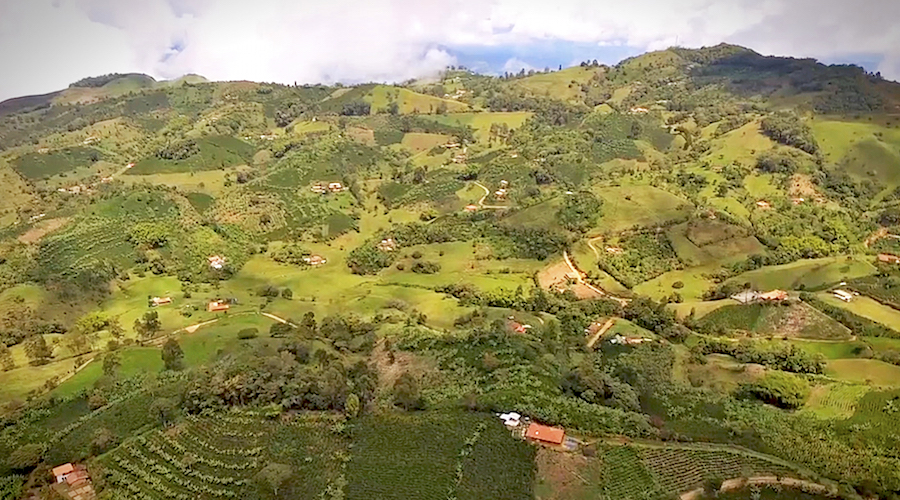
Colombia will begin taking offers in its first bidding round for gold and copper exploration contracts before the end of March, the government said this week, as part of ongoing efforts to diversify the country’s mineral output.
The South American nation has been planning the tender for a year and is ready to pre-launch the first bidding round for gold areas on February 24, mines and energy minister Diego Mesa said at an industry gathering this week.
The pre-qualification process aims to allow interested companies to properly prepare their proposals, Mesa said. It does not oblige them to participate and allows them to bid in future rounds, he said.
The authority added that there was not a set date for the coal round yet, though it would happen “before the change of government” in August.
Colombia’s main export product after oil is coal, but the country has spent the past decade trying to become a major player in the global mining market. It sits on the northern end of the Pacific copper belt, which starts in Panama and ends in Chile, the world’s largest producer of the metal.
The government opened five copper areas for bids in early 2021. One exploration and one production copper contract were awarded to local miner Carbomas SAS in September on a 30-year contract.
The lands are located within the Caribbean coastal departments of Cesar and La Guajira, which hold Colombia’s largest coal reserves, producing more than 90% of the country’s total coal output.
The country currently produces only around 10,000 tonnes of copper a year from just one mine — Atico Mining’s (TSX-V: ATY) El Roble mine, in the Choco department.
The nation has granted several gold and copper exploration licences, but large-scale mining projects face significant regulatory and security hurdles.
AngloGold Ashanti (JSE: ANG)(NYSE: AU) said in October its Quebradona copper project will be delayed by the shelving of an environmental permit process.
Meanwhile, China’s Zijin Mining has said production at its Buritica project – acquired in 2019 for $1 billion – is being seriously affected by the presence of illegal miners.
Dozens of other projects await environmental permits while authorities mull launching a tender to award five areas containing phosphate, which is used in fertilizers.
Mining currently contributes about 2% of Colombia’s GDP.